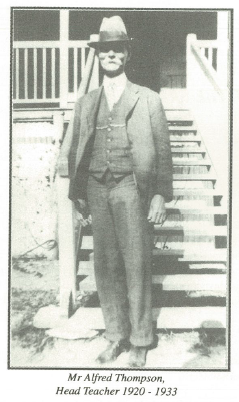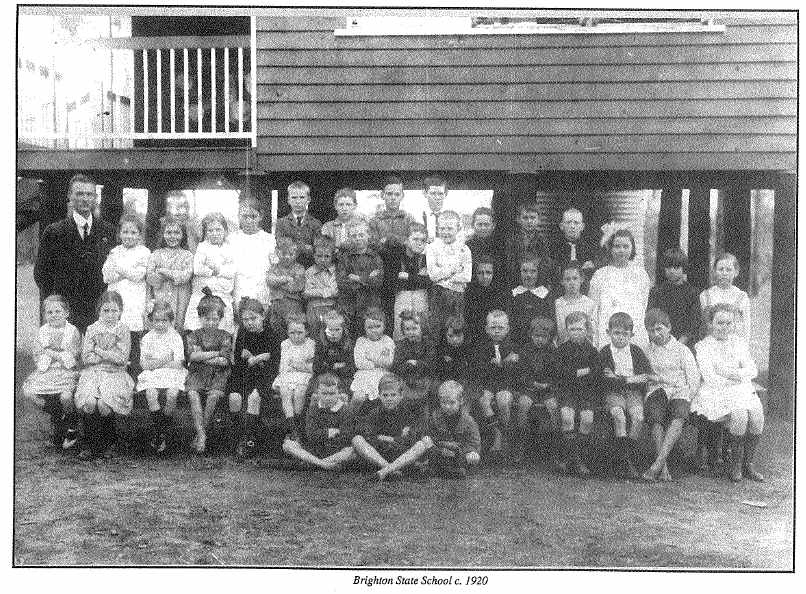The beginning
 In the early 1900s, Brighton was a small agricultural community, consisting mainly of small crop farmers and fruit growers. The children of the district who attended school had to travel from three to five miles (5-8km) over lonely and difficult roads to Sandgate.
In the early 1900s, Brighton was a small agricultural community, consisting mainly of small crop farmers and fruit growers. The children of the district who attended school had to travel from three to five miles (5-8km) over lonely and difficult roads to Sandgate.
A special meeting called by the Brighton Farmers and Fruit Growers Progress Association was held on 14 October 1916 at the residence of Mrs E.C. Raymond for the purpose of establishing a state school. The Under Secretary of Public Instruction was duly informed that a building committee consisting of George Sackett, John Gray, Albert Ward and Stephen Gerrard had been elected.
Mr A. Mutch, District Inspector reported, “As the prospects of the neighbourhood are good and as I think there will be no lack of prospective pupils in the near future, I cannot but recommend the establishment of a school forthwith at Brighton, Sandgate.”
The first site proposed for the school was three and a half acres with a house, owned by Miss Raymond, at North Road Brighton. This was later rejected and a property of three acres with frontages to both Homes Street and North Road was purchased from Mr George Sackett for the sum of 45 pounds ($90). The committee cleared two acres of the land by voluntary labour which appeared to cause some annoyance to Mr Sackett as he complained to the department that the removal of fences left his adjoining property “open to straying cattle and wood carters thieving fire wood.”
Consent was given for the erection of a building in August 1917 by the Minister of Education, Mr H.T. Hardacre. On May 1919, approval was given for the expenditure of 585 pounds ($1,170) for the erection of a new state school. The Superintendent, Construction Branch was instructed to give the matter his early attention. Finally, in November 1919, the building was completed and ready for occupation.
Mr Alfred Thompson was transferred from Waterford to take up the appointment as Head Teacher of the newly completed Brighton State School. The school opened on 27 January 1920 with an enrolment of 31 pupils.
